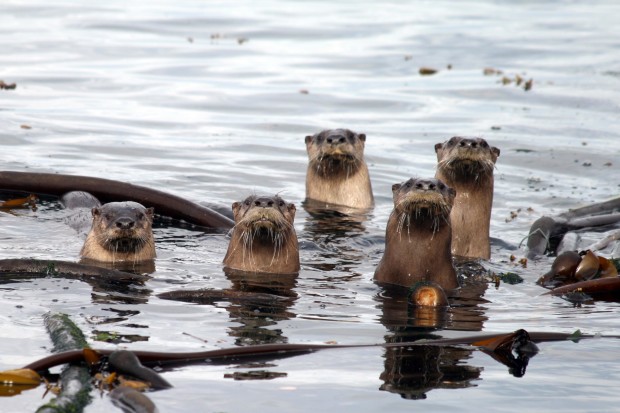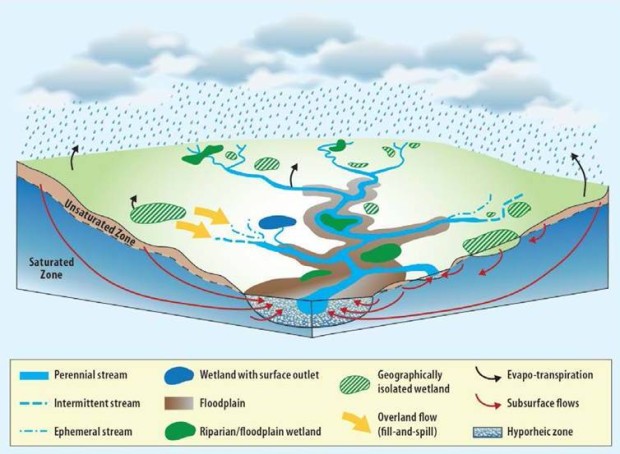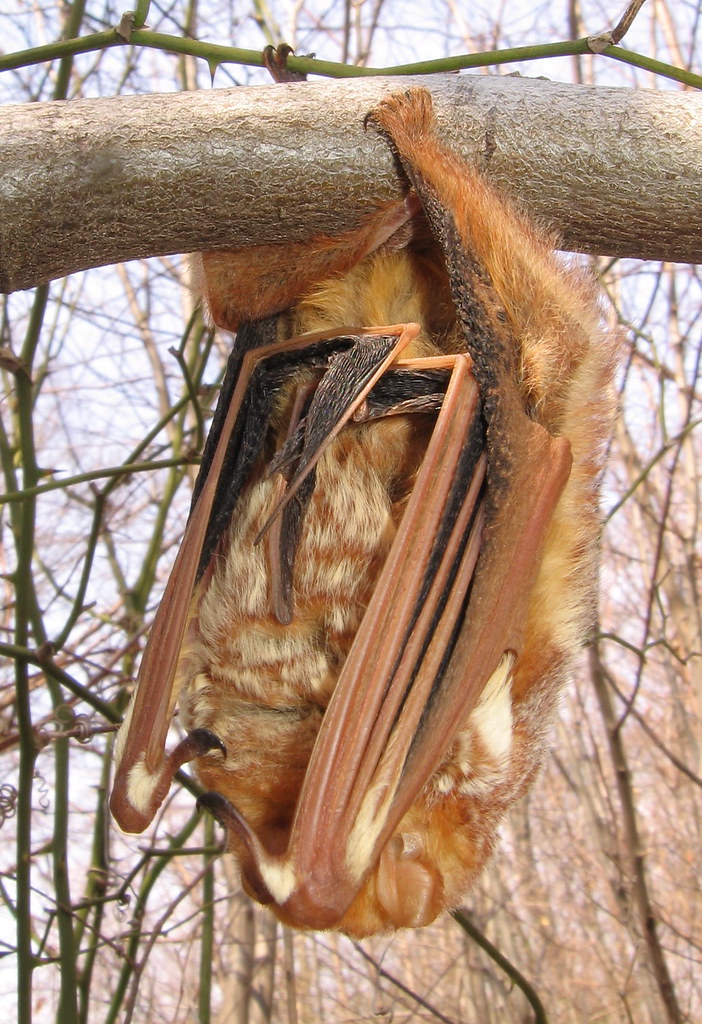We have much more to do and your continued support is needed now more than ever.
We OTTER Protect Clean Water
Looking beyond the hackneyed pun, the statement is as true as it ever was: we need to protect our waters in the United States. This includes all waters, particularly critical headwater streams, rivers, and wetlands – the very waters that our adorable otter friends rely on for their habitat and food.

Countless years of riparian activity such as large-scale agricultural development, homebuilding, and industrial production has contributed to increased levels of pollution in our nation’s watersheds. These pollutants result in toxic algal blooms, destroy critical habitat, and contaminate our drinking water supplies.
It’s ALL Connected
The Environmental Protection Agency recently convened an independent Science Review Board to draft a peer-reviewed report about the important role small streams and wetlands play in the health of downstream waters.
The report finds:
- Streams, regardless of their size or how frequently they flow, are connected to and have important effects on downstream waters. These streams supply most of the water in rivers, transport sediment and organic matter, provide habitat for many species, and take up or change nutrients that could otherwise impair downstream waters.
- Wetlands and open-waters in floodplains of streams and rivers and in riparian areas are integrated with streams and rivers. Wetlands strongly influence downstream waters by affecting the flow of water, and trapping and reducing non-point source pollution.
- Wetlands outside the floodplain (e.g. many prairie potholes, vernal pools, and playa lakes) provide numerous functions that can benefit downstream water quality and integrity. These functions include storage of floodwater; retention and transformation of nutrients, metals, and pesticides; and recharge of groundwater sources of river baseflow. The functions and effects of this diverse group of wetlands affect the condition of downstream waters if a surface or shallow subsurface water connection to the river network is present.

It’s Imperative To Clarify Protections For Our Waters
The science is in: It is imperative that the administration move quickly to clarify protections for all of nation’s treasured waters – the waters you expect to be drinkable, fishable, and swimmable.
![]() Show your support today and help to ensure that sound science is used as the foundation of the laws that protect our waters!
Show your support today and help to ensure that sound science is used as the foundation of the laws that protect our waters!





















